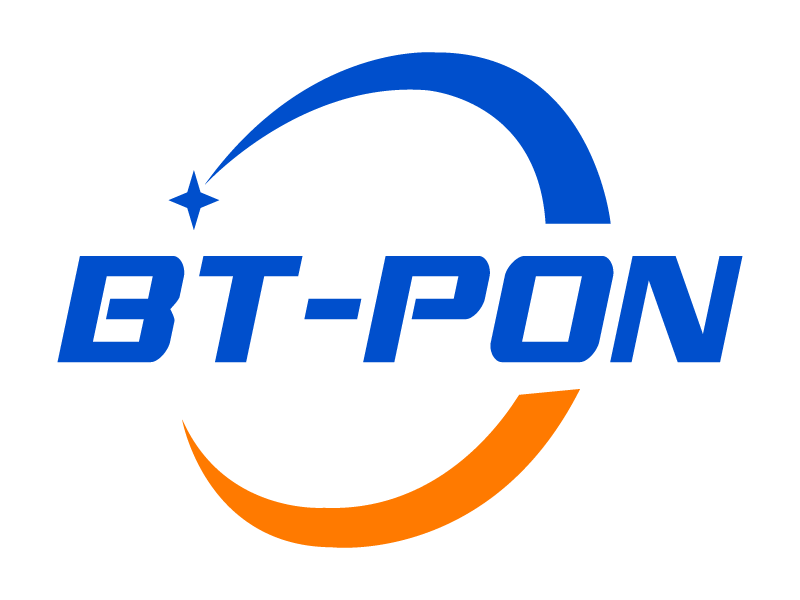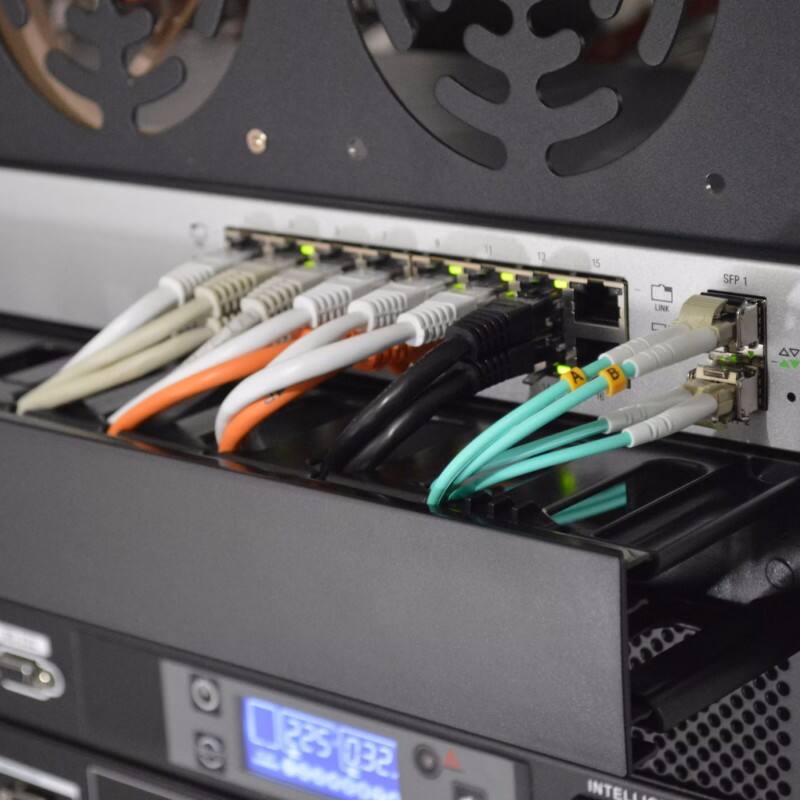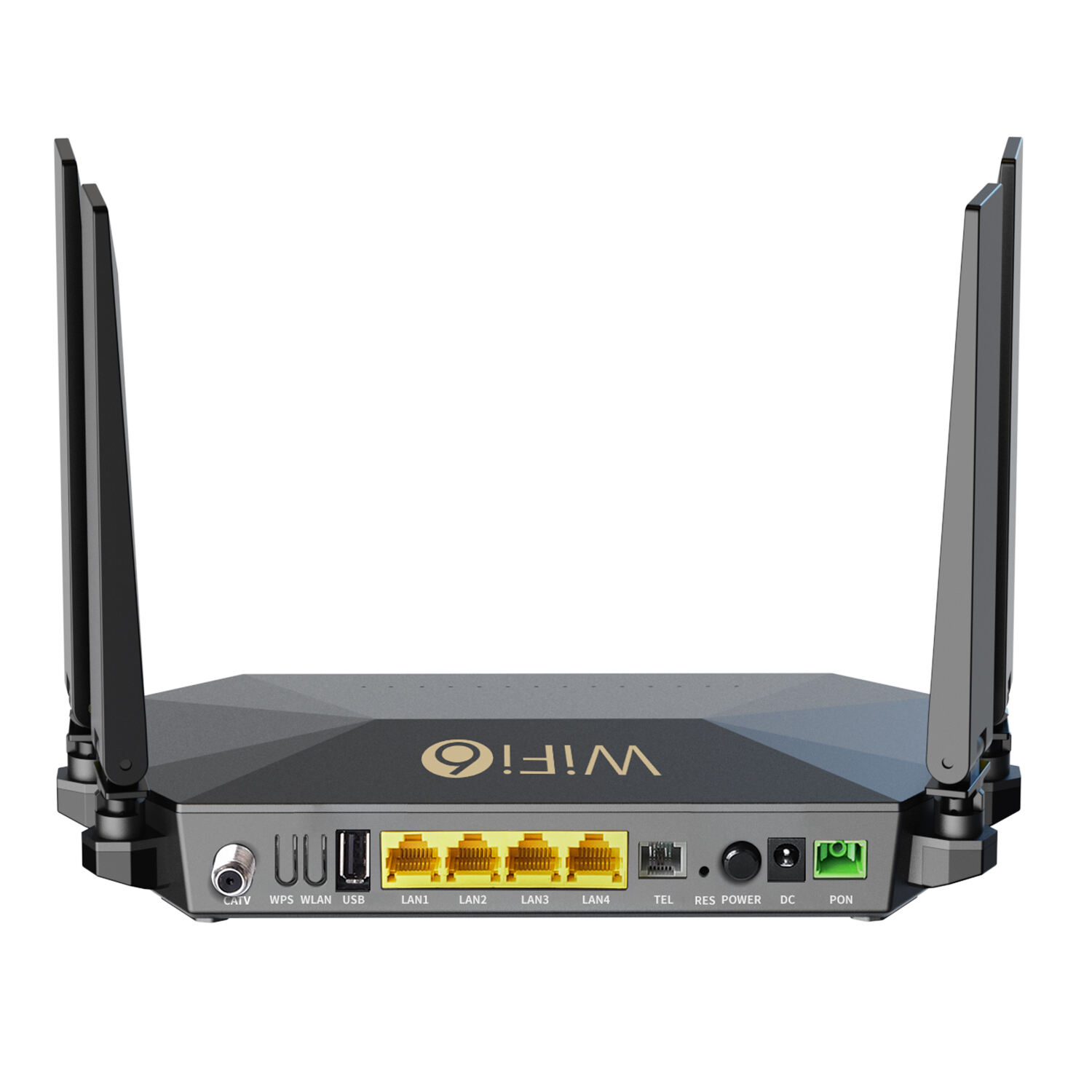Maximize your Wi - Fi Router's potential and explore the flexibility of XPON ONU for a better network.
Understanding the Role of XPON ONU in Modern Networks
These days, whether it's at home or in the office, we all rely heavily on the internet. We stream high - definition videos, work on cloud - based platforms, and connect numerous smart devices. As a result, the need for fast and reliable internet has skyrocketed. This is where XPON ONU, which stands for Optical Network Unit, comes into play. Unlike the old - fashioned copper - based systems that were slow and had limited capabilities, XPON ONU devices use fiber cables. They can send data in both directions, which means you can download and upload files quickly. This leads to very little delay, or latency, and provides a much larger bandwidth. One of the really great things about XPON ONU is its dual - mode compatibility. It can work with both GPON and EPON standards. This is super useful because it allows networks to adjust to different infrastructure needs without having to spend a fortune on new hardware. So, if you're in an area that's moving from an old - style network to a more advanced one, XPON ONU is a perfect fit.
Optimizing Wi - Fi Performance for Seamless Connectivity
Modern Wi - Fi routers, especially those that support the latest Wi - Fi 6 standards, are built to handle a bunch of devices at the same time. But here's the catch: they can't always perform at their best if the backend infrastructure is outdated. That's where an XPON ONU can make a huge difference. When you pair your router with an XPON ONU, you can get extremely fast uplink speeds. This is really important, especially during peak hours when a lot of people are using the internet. For example, if your family is streaming 4K movies or your business is using cloud - based tools, the enhanced Quality of Service (QoS) features in XPON systems can ensure a smooth experience. To make the most of your Wi - Fi coverage, it's a good idea to place your router in the middle of the area you want to cover. You can also use signal analyzers to make sure your Wi - Fi signal isn't being messed up by other nearby networks or household appliances like microwaves.
Future - Proofing Your Network with Scalable Solutions
We've all been there. You buy a piece of networking hardware, and before you know it, it seems outdated. This is a common problem that XPON ONUs can solve. They support software - defined upgrades, which means you can update the software on the device to make it work better with new technologies. They also have backward compatibility, so they can still work with older devices. When looking for an XPON ONU, it's a good idea to find one that has dynamic bandwidth allocation (DBA). This feature can automatically change the data rates depending on how much traffic there is at any given time. It's really handy for smart homes with lots of IoT devices or offices that use VoIP systems. Also, make sure the ONU you choose has multiple Gigabit Ethernet ports and USB 3.0 interfaces. This way, as you add more devices to your network, you won't need to buy extra switches or hubs.
Enhancing Security in Hybrid Fiber - Wi - Fi Networks
As our networks get more complex, the risk of cyberattacks increases. XPON ONUs can help with this. They come with advanced firewall protocols and VLAN support, which add extra layers of protection to your network. You can also enable MAC address filtering. This is like having a list of approved devices that can connect to your network. Only the devices on the list can get in. And when data is being sent between your ONU and the service provider’s OLT (Optical Line Terminal), it uses AES encryption. This keeps your data safe. For your Wi - Fi network, always change the default SSID and password. It's like changing the name and lock combination of your network. And if you have guests coming over, consider setting up a guest network. This way, their devices won't be able to access your main network and any sensitive information you might have.
Solving Common Connectivity Issues in Fiber Deployments
When people switch to a fiber - optic network, they sometimes run into problems. They might notice that the internet speed isn't consistent, or the signal drops. Usually, these problems are caused by incorrect ONU configurations or having a router that's not compatible with the fiber setup. To fix this, make sure the firmware on your ONU is up - to - date. This can get rid of any bugs and make the device more stable. If you're having problems with latency, check if the ONU supports loop detection and IGMP snooping. These features can stop data packets from crashing into each other, especially in situations where there's a lot of multimedia traffic. And if you're in a rural area or have a large - scale network deployment, make sure the ONU can reach the maximum transmission distance, which is usually about 20 km. This way, you can avoid the signal getting weaker as it travels.
 EN
EN
 AR
AR BG
BG CS
CS DA
DA NL
NL FR
FR DE
DE EL
EL HI
HI IT
IT JA
JA KO
KO NO
NO PL
PL PT
PT RO
RO RU
RU ES
ES SV
SV TL
TL ID
ID SR
SR VI
VI SQ
SQ HU
HU TH
TH TR
TR FA
FA MS
MS HY
HY AZ
AZ KA
KA BN
BN LO
LO LA
LA NE
NE MY
MY KK
KK UZ
UZ



